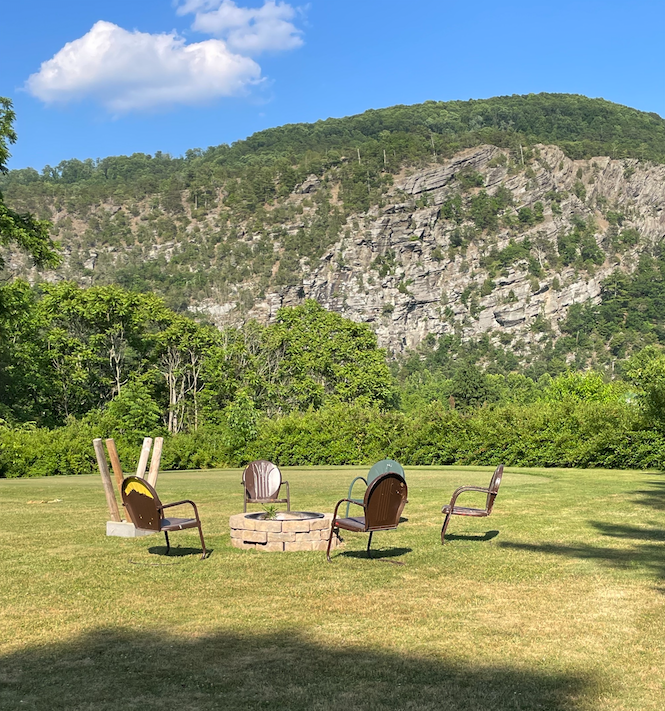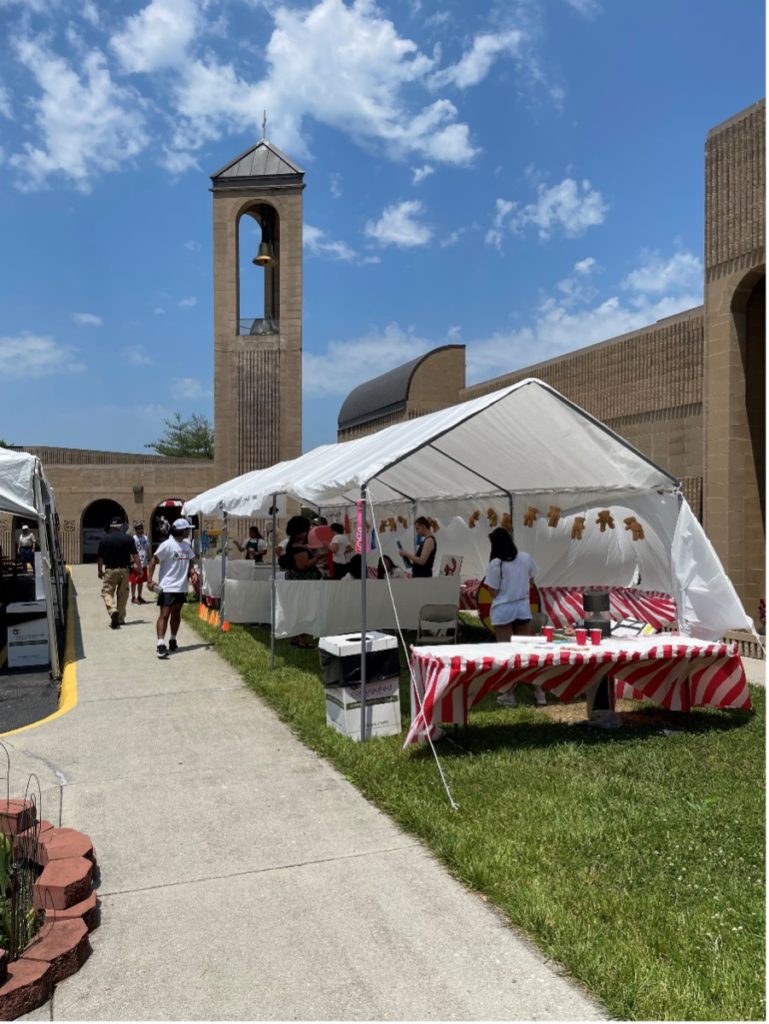“Man, Florida drivers are nuts,” I muttered to myself as rows of Florida license plates weaved back-and-forth in front of me as we headed south on I-95.
The traffic had slowed to 45 miles per hour just south of Daytona Beach. And each Florida driver was hell-bent on breaking free. They zoomed left… then right… honking at each other with each mighty swipe of the wheel.
But they didn’t get anywhere.
They remained in the exact same spot on the road… simply alternating between being behind the car ahead in the left lane and the car ahead in the right lane.
I couldn’t help but think – this is a microcosm of the current state of humanity. We just can’t bear to sit still…
It was a sunny day in April. The first blooms of Spring were upon us. And I was on my way to meet my heroes.
My SUV was packed with stuff that might furnish a south Florida apartment. I didn’t have one yet though. Minor details.
More importantly, my head was packed with ideas that might help lift Agora’s newest publishing group from a hodge-podge collection of franchises to something more cohesive. And more profitable.
My destination was Delray Beach – an intercoastal town just north of Fort Lauderdale. That was the corporate headquarters of the Agora’s newest business. It had formed through the merger of four franchises: Bonner & Partners, Casey Research, Palm Beach Research, and Jeff Clark’s option trading service – formerly housed within Stansberry Research.
Bill Bonner was the driving force behind Bonner & Partners. And Bill’s the Godfather of the entire financial publishing industry. More on that in just a minute…
Continue reading “How I met the heroes of capitalism”
